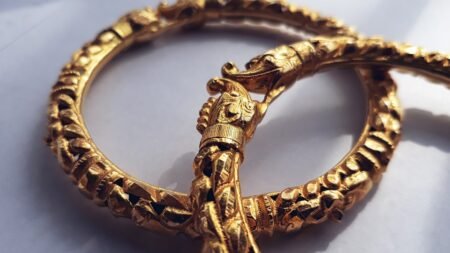
The History and Symbolism of Diamonds: From Ancient Times to Modern Day
Diamonds have long been admired for their beauty and durability, making them one of the most sought-after gemstones in the world. From ancient times to modern day, diamonds have held great significance and symbolism in various cultures and societies. Let’s explore the fascinating history and symbolism of diamonds, and how they have evolved over time.
Ancient Times: The Origins of Diamonds
Diamonds have a rich history that dates back thousands of years. The first recorded use of diamonds can be traced back to India, where they were initially found along the rivers and streams of the ancient Golconda region. The Indians considered diamonds to be sacred and believed they had supernatural powers, often using them in religious ceremonies and as talismans for protection.
Symbolism in Ancient Cultures
In ancient civilizations, diamonds held deep symbolic meaning. In Hinduism, diamonds were associated with the god of wealth, Kubera, and were believed to bring good fortune and prosperity to those who possessed them. The Greeks believed that diamonds were teardrops of the gods, while the Romans associated them with the power of love and eternity.
Diamonds in Engagement Rings: A Modern Tradition
The tradition of using diamonds in engagement rings can be traced back to the 15th century in Europe. It was during this time that Archduke Maximilian of Austria gave a diamond ring to his betrothed, Mary of Burgundy, symbolizing his love and commitment. This gesture started a trend among European nobility, and diamonds became synonymous with engagement and marriage.
The De Beers Influence
In the late 19th century, the discovery of diamond mines in South Africa revolutionized the diamond industry. British businessman Cecil Rhodes formed De Beers Consolidated Mines, which would go on to control the majority of the world’s diamond production. De Beers launched successful marketing campaigns, promoting diamonds as a symbol of love and eternity. Their iconic slogan, “A diamond is forever,” became a cultural phenomenon and solidified diamonds as the ultimate symbol of commitment.
Symbolism in Modern Day
Today, diamonds continue to hold significant symbolism in modern society. They are often associated with love, commitment, and wealth. The diamond engagement ring remains a traditional symbol of everlasting love and is widely recognized as a symbol of a lifelong commitment. Diamonds are also frequently used in anniversary and milestone jewelry, representing lasting relationships and achievements.
The Four Cs: Quality and Value
When it comes to diamonds, quality and value are determined by the Four Cs: cut, color, clarity, and carat weight. The cut refers to how well a diamond has been shaped and faceted, affecting its brilliance and sparkle. The color of a diamond can range from colorless to yellow or brown, with colorless diamonds being the most valuable. Clarity measures the presence of internal and external flaws, with flawless diamonds being extremely rare and valuable. Carat weight refers to the size of the diamond, with larger stones generally being more valuable.
In Conclusion
From their ancient origins in India to their modern-day symbolism of love and commitment, diamonds have captivated cultures around the world. Their durability and brilliance have made them not only a coveted gemstone but also a symbol of wealth and power. Whether it’s an engagement ring, anniversary gift, or a personal indulgence, diamonds continue to hold a special place in our hearts and in the history of human civilization.












